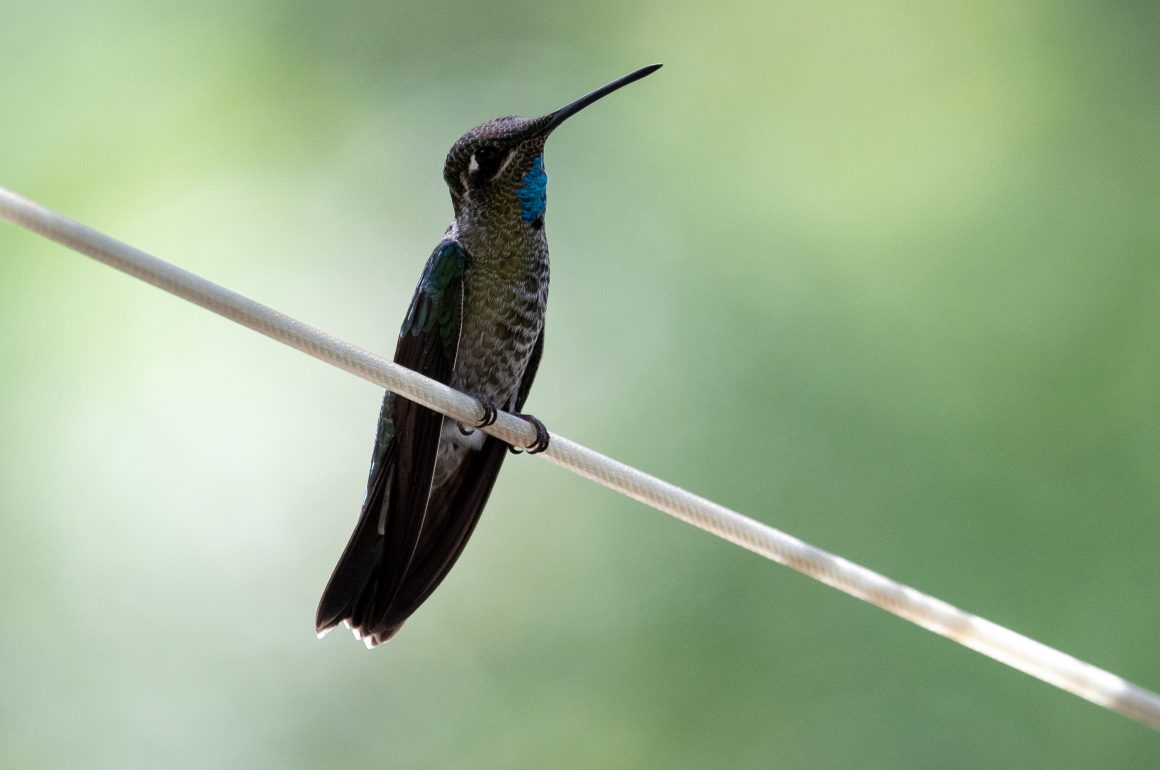
While in Tucson for the Southeast Arizona Birding Festival, we chased a few birds. Because why not seek out some lifers while you can? A few species at the top of our “most wanted” list: Chihuahuan Meadowlark, Scott’s Oriole, Montezuma, and Scaled Quail.
The obvious spot for those is Las Cienegas National Conservation Area. On our mid-morning trip back to Tucson from leading to the Paton Center for Hummingbirds, we spotted Las Cienegas to scope it out. It turns out we had birded here before but had totally forgotten about it. Exploring from the south end was a vastly different experience of these 45,000 acres of rolling grasslands than what we had explored before. It is vaguely reminiscent of Lake Apopka in Florida, as it is one 10-mile road through wilderness with no way out. This hotspot features oak-studded hills and lush riparian corridors, providing a diverse plant and animal community. It is the transitional zone between the Sonoran Desert and the Chihuahuan Desert.
We barely made it into Las Cienegas when we had a flyover of a target species: Scott’s Oriole. The bird was trucking along right over our rental car with urgency. My husband, Erik, suddenly stopped the vehicle and pursued the bird on foot to no avail. A short distance from the vehicle was a treed area in the riparian zone where the bird landed, but unfortunately, he could not relocate it. It was a brief look at a good bird that had evaded us on several occasions.
We started off our brief trip through the grasslands with a lifer, so I was riding that high for a few minutes. The landscape remained essentially unchanged as we continued northward in the hope of adding more lifers. A mile or so down the road, we saw a bird perched on a fence post several hundred feet from the road. At first, I was sure it was a quail. It seemed to have a peaked crest and was about the appropriate size, but seemed to be more yellowy. We parked and got out the scope and camera, had a better look, and figured out it was another target: Chihuahuan Meadowlark! Unfortunately, as it was later in the morning, we did not have a great look at the bird due to the heatwave, but it was something to mark down.
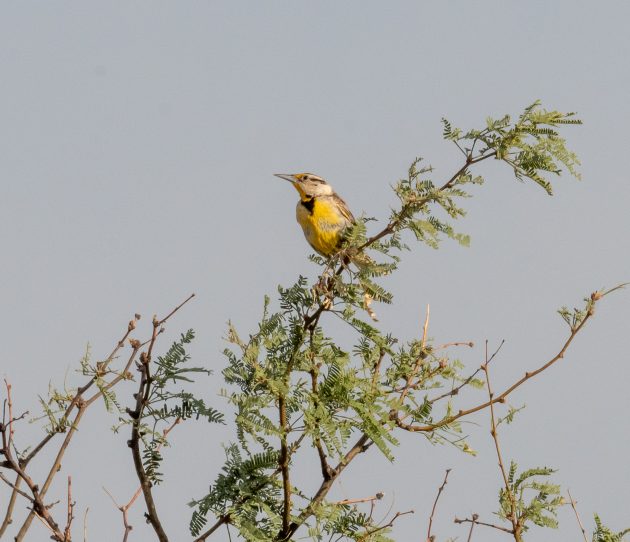
The remainder of the drive through the grassland did not amount to much, mostly a few flycatchers and kingbirds perched on trees, Wild Turkeys in the remaining wet spot on the property, and a few Northern Rough-winged Swallows riding the air currents. No quails, unfortunately.
Another species I had hoped to add to my list was a Blue-throated Mountain-gem, which is almost regularly seen at Ramsay Canyon. We had an afternoon free after guiding for the festival and thought we would try it! So, after guiding in Patagonia, we headed off to Ramsay Canyon. It was a beautiful drive over, and we arrived at Ramsay Canyon just after noon. Our first stop was the Ramsay Canyon Preserve, where a knowledgeable docent provided us with a wealth of helpful information about the site. However, we had a key target that they did not have up-to-date intel on the Mountain-Gem. We hiked up to the first feeding station in hopes that it would show. After about an hour, we did see tons of hummingbirds: Rivoli’s, Black-chinned, Rufous, Violet-crowned, and Berylline – but no Mountain-gem.
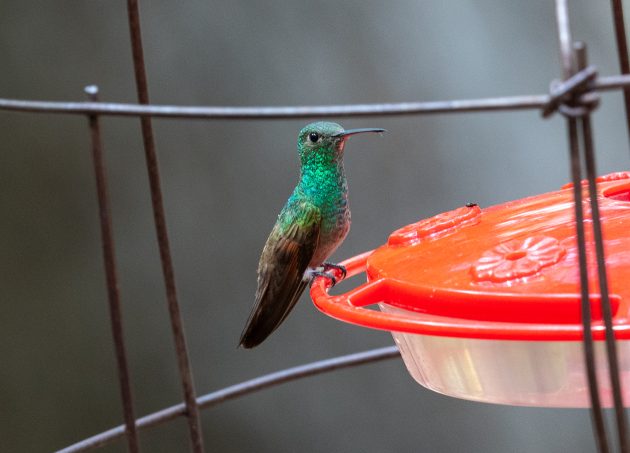
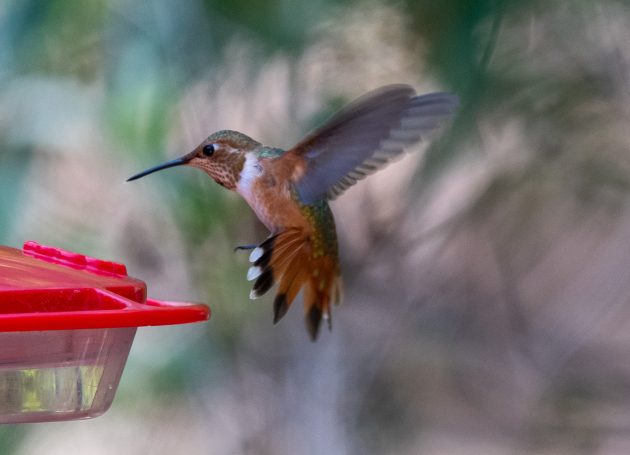
They were also regularly reported at the Ramsey Canyon Inn, which basically shares a parking lot with the preserve, so we sat there for a bit. Hummingbirds were coming and going, arguing, and feeding. A few large hummingbirds perched near the feeders, most of which were clearly Rivoli’s. We added a few more species to the year county list: Anna’s, Broad-tailed, Broad-billed, and praying that a Blue-throated Mountain-gem would be clearly showing. A White-breasted Nuthatch and lots of Lesser Goldfinches were regulars.
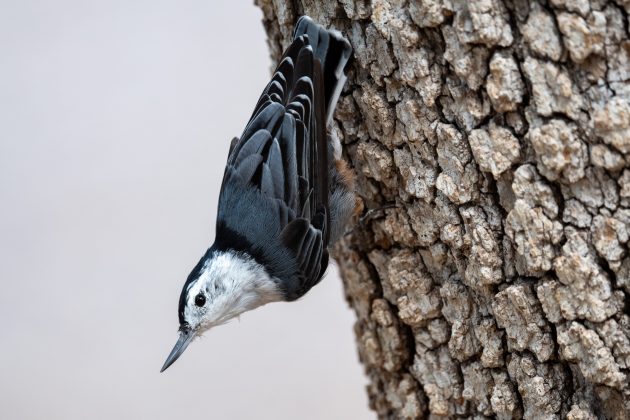
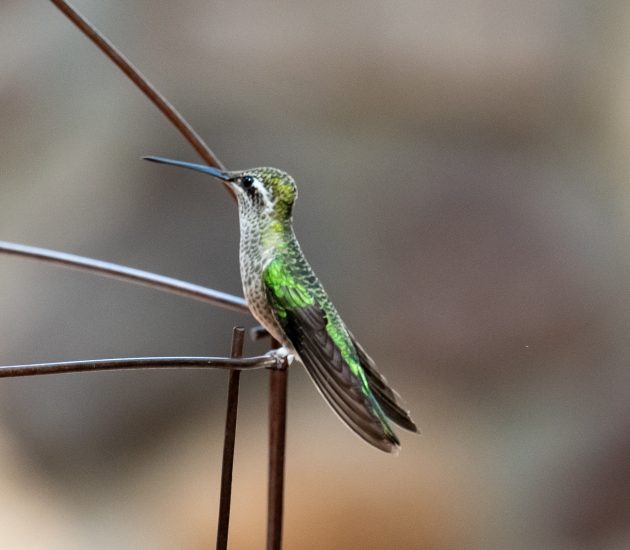
After about 30 more minutes, we cut our losses and started back towards Tucson, disappointed that we had driven all that way and missed our target. Erik later did tease a Blue-throated Mountain-gem out of the possible Rivoli’s when looking at his pictures later. Success!
Another bird that I was hoping to tick off while in Tucson was a Bendire’s Thrasher. Thrashers are just such a fun group of birds. While working in the Rio Grande Valley, I grew so attached to them as they were the last birds to sing at night. There had been a Bendire’s Thrasher popping up just west of Tucson, so the Sunday of the birding festival, we decided to see if we could spot it.
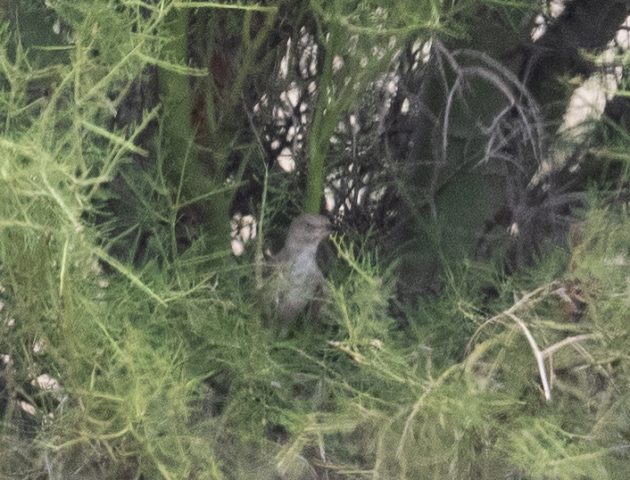
It took about an hour to get to the location, and it was around 108°F. We arrived at the specific area where the bird had been seen, but there was nothing and no one around. It was a dusty road in the middle of nowhere, the only bird calling was a chirping Verdin. A bush in the distance, just east of the access gate, looked like it could house a thrasher. We avidly looked all around and did not see any movement or hear anything besides the Verdin, which stayed out of view. After a few pishes, however, a gray bird perked up in the bush, and we had a terrible look at our Bendire’s Thrasher in a bush in extreme heat.
Not all lifers are great. None of these were satisfying, hopefully we will get better looks in the future.






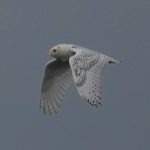
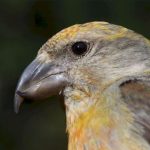

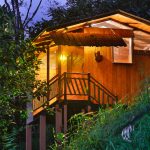
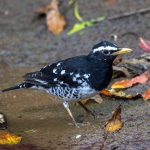

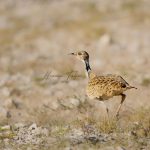
A lifer is a lifer unless you string it… did you get the views needed for a 100% certain ID?
I’m guessing that photo at the top is not the Blue-throated photo your husband eked out, because that is a great shot of this hard-to-photograph bird. Believe me, I have experience with this challenge.
No, the lead photo is a young, male Rivoli’s Hummingbird. It may not come through super well on the site, but the forehead has some purple coming through. It is a challenge!
Yeah….but sometimes I want a better look that doesn’t end up happening!
It has been said before on this website: hummingbirds are disappointing
Hardly surprising and not their fault, after all, they basically just live on ultra-processed food, pure sugar.
I also think the photo of the Chihuahuan Meadowlark is pretty great. I love when birds are perched up on shrubbery like that. Thanks for bringing this bird to my attention. I didn’t even know there was a Chihuahuan Meadowlark.